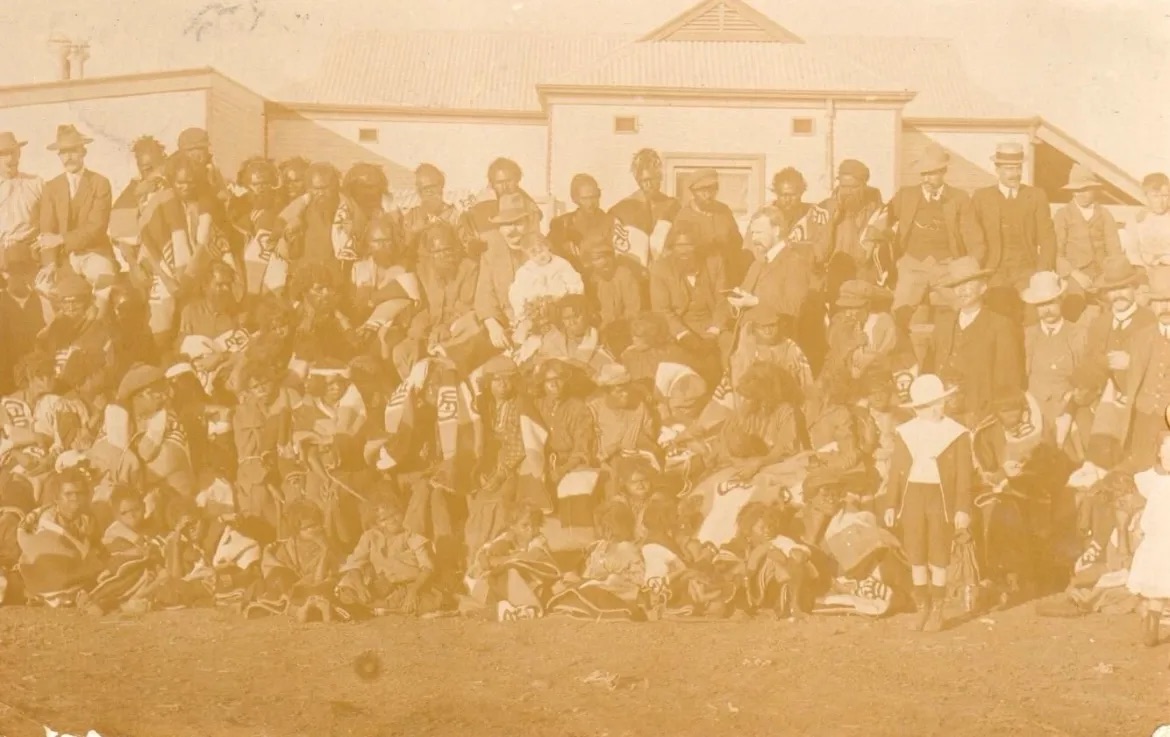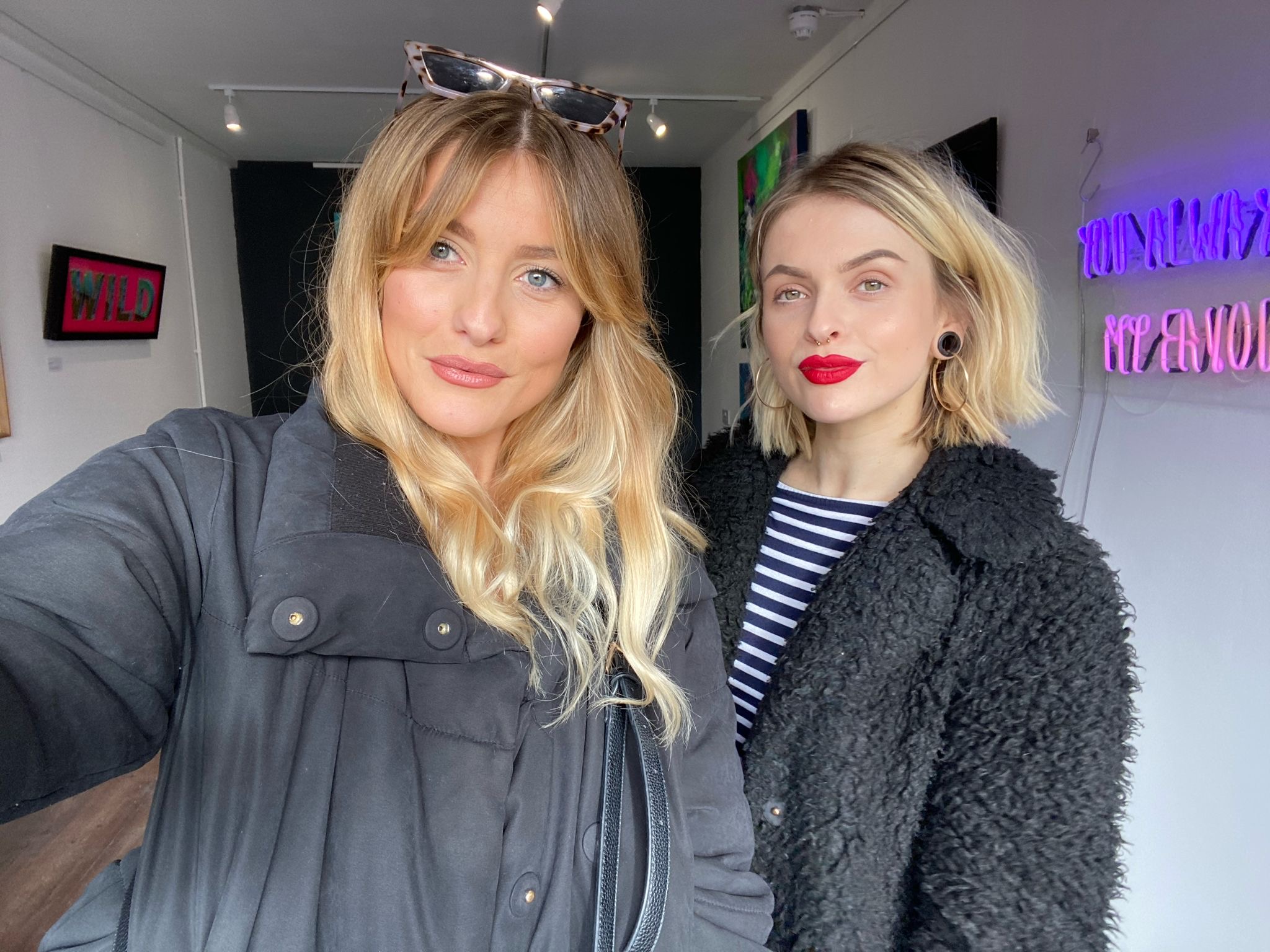
The Pitt Rivers and I

I think a lot about the British empire, do you? When I first moved to the UK for university, it struck me immediately that most Brits have, at best, a fuzzy understanding of just how evil their country used to be. This surprised me, considering how extraordinary it is that a tiny windswept island managed to conquer nearly a quarter of the world’s land mass over the course of a few decades. The empire and its legacy, these days, seems to be mainly brought up when we talk about one institution in particular: museums.
I also think about museums a lot. It’s an inherited affliction. Every family function manages to end up in some kind of museum-like space, whether it’s a contemporary gallery or an outdoor sculpture park. When my parents came to visit me in Oxford a few weeks ago, a rainy afternoon found us in the Natural History Museum—and a wrong turn led us, inevitably, to the Pitt Rivers.
I’ve always wondered if my family’s love for museums comes from the fact that, just as museums are inextricable from the history of empire, so too are we. I’ll come clean: my family history is rife with perpetrators of British colonialism. Branches of my family tree implicated in some version of imperial violence stretch from Lebanon to Burma to the Scottish Highlands, to China and Indonesia and Ireland. My ancestors were businessmen, missionaries, politicians and diplomats. The more I learn, the worse it gets. I recently discovered that two friends of mine come from families whose forefathers were displaced due to the direct actions of my ancestor. In true British fashion, we let the awkward silence hang in the air for a brief moment before joking that I owed them a pint.
As my parents and I entered the Pitt Rivers, I wondered whether my mother felt the same sense of uneasy kinship with the vaulted room as I did. It’s an overwhelming space, housing over 50,000 objects, all seemingly displayed at once. There are things everywhere, crammed into glass and wood-panelled cases that twist their way around the room’s three levels. It reminded me of my grandmother’s sitting room.
My grandmother’s sitting room was a similarly oppressive, wood-panelled space. It was stuffed full of paintings, tchotchkes, and furniture. It functioned as a visual map of my ancestors’ endeavours. There were fans from China, furniture from Sri Lanka. A painting of a castle in the Scottish Highlands. Old snuff boxes sat next to ceremonial Indonesian masks. Some of my happiest memories have taken place in that sitting room. It’s where I celebrated my sixth birthday. My cousins and I used to make up plays using the objects and perform them for our family.
That house has since been sold. What I remember best is how much stuff there was. In that sense, the Pitt Rivers felt like an extrapolated version of my childhood memories. It is a visual encapsulation of the overwhelming, incessant greed of empire. Objects are stuffed in cases, displayed awkwardly, clinically, passively. A doll from Zimbabwe sits next to a doll from Papua New Guinea, across from a display of Asian pots. The result is a visual cacophony of stuff. It reminded me of being ten, spending a hot sticky summer packing up my grandmother’s sitting room, and of being fifteen, falling down my first family history Wikipedia rabbit hole. I asked my mother if she thought the museum reminded her of the sitting room, too. She replied that the Pitt Rivers is extremely hot and stuffy, and please could we get out of here and go find a cafe because your father needs to eat something and this is not very enjoyable for anyone.
I left unsure of what the exhibition had been trying to achieve. It does make some effort to address the collection’s colonial origins. Sometimes, a plaque next to a particular case makes vague reference to the empire, or attempts to inform the viewer about the particular culture an object was ‘collected’ form. But those plaques are rare. The only thing fastidiously recorded are the names of each object’s ‘collector.’ And the objects are always ‘collected.’
The exhibition never interrogates that verb, ‘collect’, nor does it encourage the viewer to do so. We collect berries, children from school, parcels from the post office. It implies passivity on the part of the thing being collected, as if each pot, each necklace, each statue had been plucked from a tree by a jovially intrepid explorer. We collect things that already belong to us, to which we already have a right— the parcel we have already paid for, the car that we have brought in for repairs at the garage. The word is misleading: when you buy something from a shop, or indeed, steal it, you don’t collect it. You take it.
The exhibition, for all its use of sporadically apologetic plaques, still functions as a cabinet of curiosities. It’s a shame, really. With a bit of thought, the exhibition could do so much good— it could probe the viewer to develop a deeper understanding of how imperial Britain saw (and still sees) itself in relation to the communities it colonised. How do we think about an object when it is displayed according to its functions, versus when it is displayed geographically, or temporally? What does it mean to be displayed, and how do different modes of display affect the relationship between the object and the viewer? What makes something an artefact, versus a specimen, versus a work of art? Why is a pot from 1750s France displayed in the Ashmolean, while a pot from 1750s Zambia is displayed in the Pitt Rivers?
And then we arrive at the really controversial issue: repatriation. The catch here is that most of the exhibition’s stuff is practically incapable of being repatriated, because it often remains unclear whether any one object was stolen, or acquired as a gift. In the case of human remains, the museum aims to contact the direct descendants of those whose remains are displayed—a clearly mammoth and often impossible task. If no descendants can be found, the remains are retained by the museum’s archives, rather than being displayed.
The museum’s refusal to consider any kind of middle ground seems particularly suspicious when you remember that, where a people has been subject to colonial genocide, the end goal of that operation was often to ensure that there would be no descendants to whom the remains could be traced to. The Pitt Rivers seems to forget that it isn’t itself a passive heir to that legacy, trying to muddle its way through as best as it can: it has always been a bastion of British imperialism, active in the execution and justification of the empire’s colonial project.
Am I a passive heir to that legacy? Is my family? My grandmother’s house still houses a good proportion of our colonial loot. But that isn’t my house. When I visit, a portrait of a particularly evil ancestor hangs across from the room I sleep in. All I’m doing there is sleeping. But when I can trace my family’s university education back five generations, when I get offered internships by old family friends—when, most importantly, I enter privileged and gilded spaces and feel, unequivocally, that I belong there, I can’t help but feel that my inheritance is more than passive.
I often ask myself what good it would really do if I turned every gathering of my extended family into a decolonisation roundtable. How different, really, would any of my efforts be to the conversations that must have happened within the walls of the Pitt Rivers? Does that matter? Are those conversations worth having, even if we don’t arrive at any viable solution?
Like the Pitt Rivers, repatriating anything would be impossible. Family lore claims that most of it was gifted or bought, and there’s no way of knowing the extent to which that’s true. Even if we decided to give it all ‘back’, who would we give it back to? We don’t know exactly where most of it came from. Perhaps it’s less evil if we allow our collection to be displayed for the public to consume, so let’s it donate to a museum. Hang on…
Maybe the best we can do is make an effort to educate younger generations of our family on the evils that got them there. Perhaps every conversation we have should be prefaced with an acknowledgment and an apology. Maybe we could put the portraits in the basement, not the guest room. But isn’t that self-congratulatory more than anything else? Wow, look at us, we’re such woke heirs to a colonial legacy.
I’ve been writing this piece for weeks, trying to find a way to tie it all up in a neat little bow. The truth is that I can’t. My family is, in many ways, like the Pitt Rivers. There’s a vague sense, sometimes, that we have a unique opportunity to take a stand, to become a valuable part of the global decolonial project. Other times, I can’t help but be equally disgusted at myself and my roots as I am at the Pitt Rivers’ apologetic complacency.
At times writing this has felt like it borders on performative self-flagellation. I’m asking my readers to focus on me and my family, descendants of the wrong side of history. Isn’t that a form of whitewashing? Should I get off my platform, cede the space to someone much more deserving of it? Am I asking that question with the partial aim of convincing you that I, as an individual, am an innocent bystander more than I am a perpetrator of colonial complacency? Without action, surely it’s all lip-service, a thinly veiled attempt at distancing myself from a history that I continue to benefit from.
There’s two things I’m sure of. The first is that I’m really sorry about it all. It’s a conclusion that feels disappointing, patronising, hypocritical, and wholly inadequate. I’ll take the inadequacy a step further by admitting that I don’t know what I’m willing to do about it. I could alienate my family and do something drastic to force them to face the music. But would I? At my most honest moments, I find that sentimentality and practicality take precedence over my principles. And yet, I feel entitled to criticise institutions like the Pitt Rivers for the very same inadequacies I can identify within myself. So what should we do, the Pitt Rivers and I, with all our stuff? I’ve just asked another question. It seems that’s all we’re really willing to do, the museum and I: ask difficult questions, leaving them apologetically unanswered.∎
Words by Kalina Hagen.







